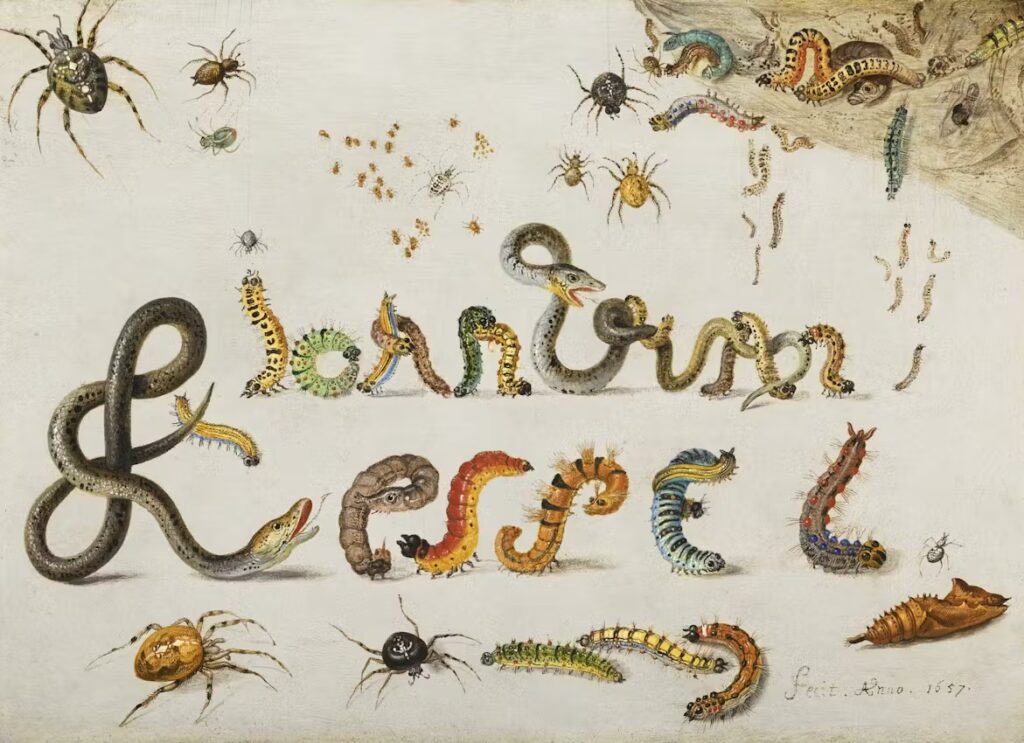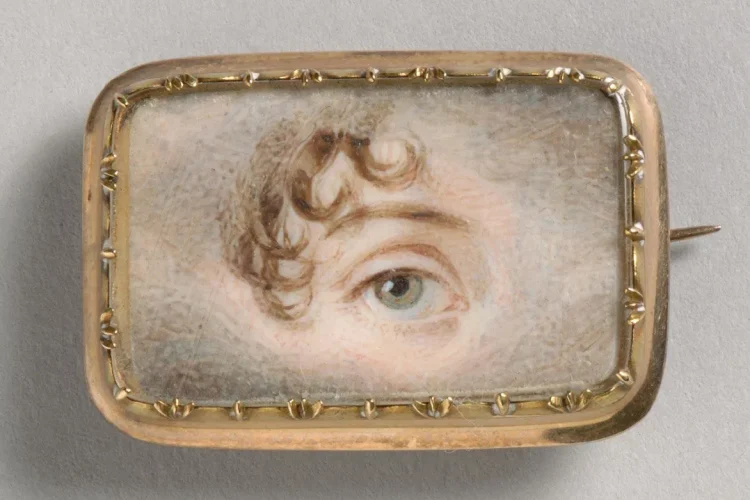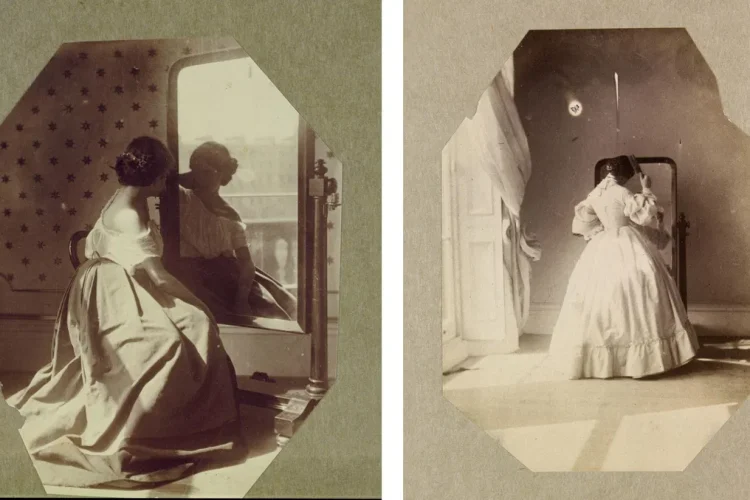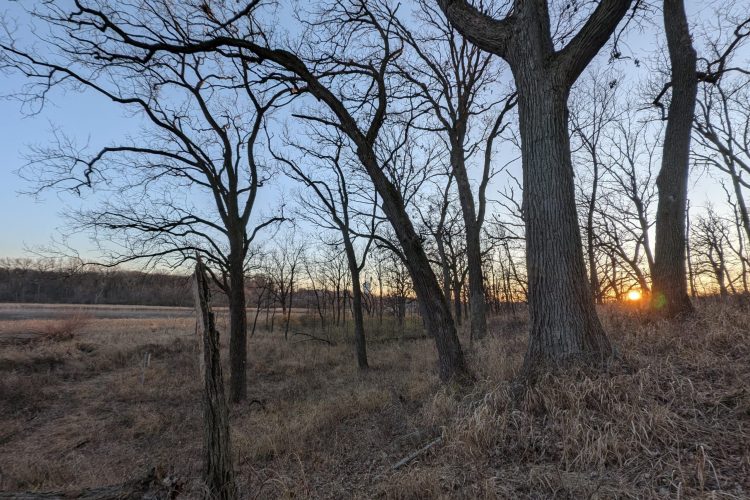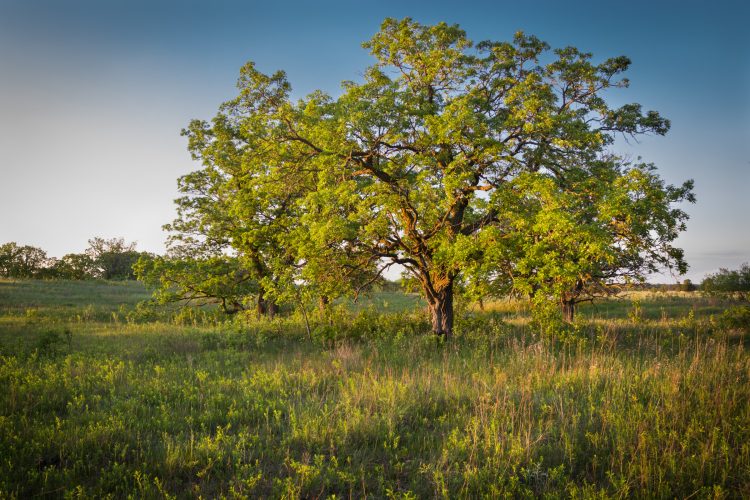J. CDMX, México
I remember reading an article on Quanta Magazine a couple of years ago titled “What Is an Individual?” The question stuck and has grown with me ever since. Is there such a thing as an individual? How would you define it if there were? What implications does it have for the way you think and act? Do you believe in past lives? What can you tell us about your past lives?
AH
Dear J,
Biologists and philosophers have given your question a lot of thought. I have not, but as a naturalist and a human I have this view: an individual is a kind of entity that I can come to know and recognize across time and space. Every person is a kind of individual. A sycamore tree is an individual. A butterfly and a rat are individuals. These are all easy cases: organisms that are born and then die and that we can see easily. We can feel as though we know them.
The case gets harder when you zoom in and ask, “are there individuals within these individuals?”. If I have an intestinal parasite (and I hope I don’t), that’s an individual. I think we’d all agree on that. But even my cells are individuals, and within them they have organelles with histories of their own. The mitochondria that all higher organisms (Eukaryotes) share are the descendants of bacteria that single-celled ancestors of plants, animals, and fungi—the eukaryotes—absorbed into themselves long ago. All green plants carry plastids that perform many of the key functions of photosynthesis, and these too are descended from a cyanobacterium that was absorbed into the ancestor of the first green plants around a billion years ago. The green algae, mosses, ferns, gymnosperms, flowering plants, and everything in between owe their ability to photosynthesize to this ancient moment of collaboration. Those bacteria inside the ancestors of plants (and animals, for the mitochondria) gained a safe home and also did valuable work for their hosts. They are individuals that live within individuals.
When you zoom out, the case gets difficult as well. Fungi knit the forest together as their mycelia penetrate the soil, logs, fallen leaves, living plants and decaying animals. They produce mushrooms or other fruitbodies that yield spores… but the individual is the whole thing, and it may be immense. There is a quaking aspen clone in Utah nicknamed “Pando” that covers more than 100 acres and is made of an estimated 47,000 stems. Any one of those “trees” — each single stem with its branches and leaves—may live 100 years, maybe more; the whole clone, however, is estimated to be 12,000 to 37,000 years old. If it turns out that some part of this clone is no longer connected to the rest, would we still consider all of Pando a single individual? As it evolves genetically, some parts of the clone could develop novel gene variants that make them different in ecology and form from the rest. Will we still consider Pando a single individual?
To my thinking, individuals probably all have some level of moral standing: we have to consider their well-being and the consequences of any actions we take that affect them, even when we decide that the best course of action entails doing them harm. I don’t give much thought to the harm I may do to a single cell. I give more thought to the harm I do to moths when I mow the lawn; still more to the harm I do to mice I trap or poison because they are a nuisance to me; still more to the animals I continue to choose to eat; still more to the people harmed or helped by my actions or inactions. And individuals are nested within individuals, all the way up to biotic communities, ecosystems, and worlds. Gary Snyder wrote, “To know the spirit of a place is to realize that you are a part of a part and that the whole is made of parts, each of which is whole. You start with the part you are whole in.” A river scours the land it runs through, overruns floodplains, absorbs material into itself, but is driven by the water that flows or seeps or falls into it. It is presumably not conscious, but we can trace it over time (generally for a much longer time than we can trace the existence of a human individual) and its effect on the world. I consider the violence done to the floodplain where the house I’ve chosen to live in is built to be a wrong that I could avoid, with difficulty. The earth is itself a kind of individual, knowable through time, distinct from all others as it spins around the sun. Every individual, ourselves included, is a “whole made of parts, each of which is whole.”
You ask about past lives. I don’t know about those. There could be past lives, but it seems unlikely to me. I don’t see what would carry along from one body to the next, from one life to the next. A personality? A soul? I don’t see how this would work. But I hope it does. If there is a next life, I would like to come back many times as a human, and I hope my family are there with me. I hope, too, that I remember enough from this life to do better next time. I would also like to come back at least once as a deer mouse.
Sincerely,
Andrew
P.S. From an organismal standpoint, consider reading Merlin Sheldrake’s Tangled Life and Richard Powers’ The Overstory; from the standpoint of nonliving beings, Is a River Alive? by Robert Macfarlane; for ecosystems, How Forests Think by Eduardo Kohn; and for an historical view that spans generations, consider North Woods by Daniel Mason. The Gary Snyder quote is from “The Place, the Region, and the Commons: Understanding the Commons,” an essay in his beautiful book The Practice of the Wild.
